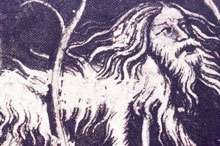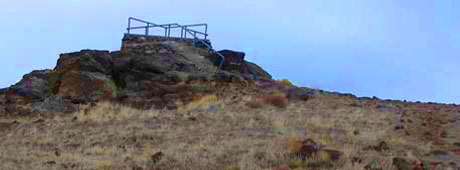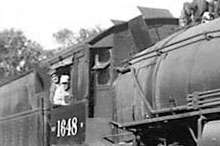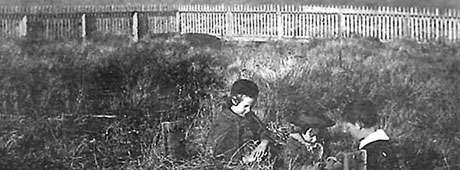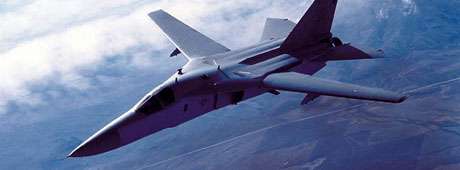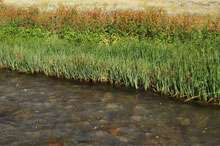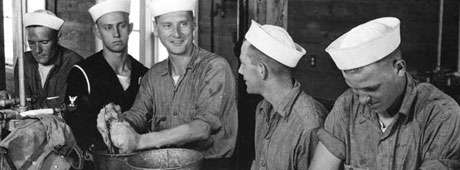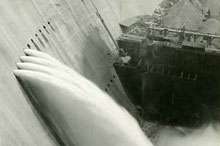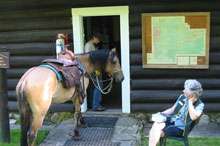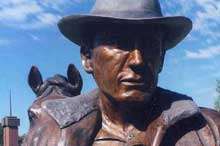Graveyards are traditionally permanent, inviolate resting places deserving of community care. For various reasons, however, some cemeteries have needed to be exhumed and transferred to new land. In 1888, Lewiston found itself in just such a predicament as the town began to stress its original boundaries along the Snake and Clearwater Rivers, the spring floods of which repeatedly destroyed property and hindered business growth.
Lewiston’s cemetery was the stereotypical “Boot Hill,” a plateau above the town where interments had been performed since the early 1860s. Regrettably, the eight-acre site was increasingly perceived as an impediment to civic “progress,” its proximity to the future neighborhood of the town’s wealthiest families considered undesirable. The cemetery’s disturbing lack of upkeep and state of disrepair aggravated the situation. Cows roamed freely among the graves, trampling wooden and stone markers. The stately, whitewashed fencing installed at great expense in 1879 was now drab, decayed, and falling down. The cemetery had become an eyesore, not what one would expect of an emerging shipping center and the site of the Pacific Northwest’s first telephone service.
After several proposals were debated and discarded by the city fathers, a new forty-acre site was selected in an area deemed to be distant enough from the town’s center to pose few problems for city developers. In December 1888, the city council officially banned any further burials in the old cemetery, and in the spring exhumations began. The platting records were woefully inadequate. Indeed, no map of the original cemetery has ever surfaced. By May 1893, the city council was obligated to “devise ways and take necessary steps” for removing the remaining graves and quickly passed an exhumation ordinance, contracting with Dudley Gilman “for the removal of the dead from the old city cemetery.” His costs were to be passed on to the surviving family members. Since he was related to a popular former mayor, no one openly questioned Gilman when it came time to pay his bill—$752.30 for no more than a few days’ work. Later that year, he was authorized to plow and harrow the grounds, taking the more than seventeen hundred feet of cemetery fencing as payment.
However, apparently the city council was not satisfied that every body had been removed. A brief notation in the city council minutes of the May 6, 1895, proclaimed: “It appearing to the satisfaction of the Council that certain persons were buried upon lands owned by the City…the Marshal was ordered to notify the interested persons to remove such bodies at once to the new Cemetery of the City.” The “interested persons” were none other than long-time residents and influential Jewish businessmen Abraham Binnard and Robert Grostein, who had been resisting the exhumation ordinance for nearly two years. But more about that later.
That same year surveyors divided the old cemetery property into four lots for potential sale, but plans for a new hospital, church, and Masonic Temple came to nothing. By 1900 a major portion of the grounds had been dedicated for use as Lewiston’s first municipal park. In 1905 a new Carnegie Library opened, and the Idaho Supreme Court Library was erected. Trees were planted throughout the park. In 1911 a local women’s group spearheaded the construction of a large fountain—complete with a statue of Sacajawea—in time for a speech by President Howard Taft from the park’s band shell, the only time a sitting president has visited Lewiston. The site of the old cemetery had been transformed, its legacy obscured by the circuitous paths of community development.
Adding to the usual graveyard mystique, a persistent story circulated that a mass grave had been dug in the new cemetery (now known as Normal Hill Cemetery) when the unidentified remains from the old burial lots had been gathered and transferred to the out-of-the-way unmarked site. A current lot map shows most of an entire row with the penciled annotation “NR,” which has long been assumed to mean “no room” or “no record.” It would take a group of dedicated students and some space age technology to unmask a truth more interesting than anyone imagined.
As a consultant for gifted programs, and a cartographer for the Lewis-Clark Rediscovery Project, I decided this forgotten cemetery would be a perfect puzzle for my class of seventh-grade students at Jenifer Junior High School. Using geographic information systems (GIS) with the popular software ArcView, we set out to uncover the truth behind the mass-grave rumor. Continue reading →
